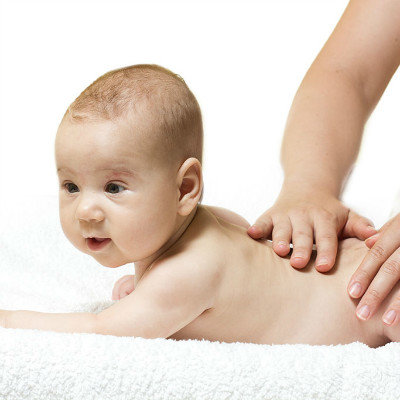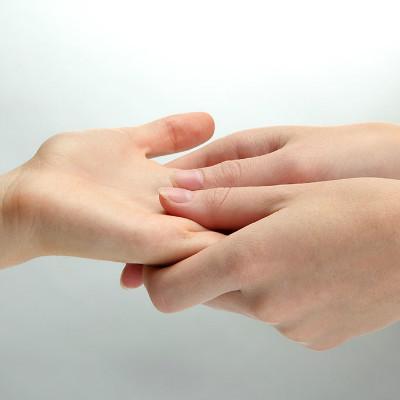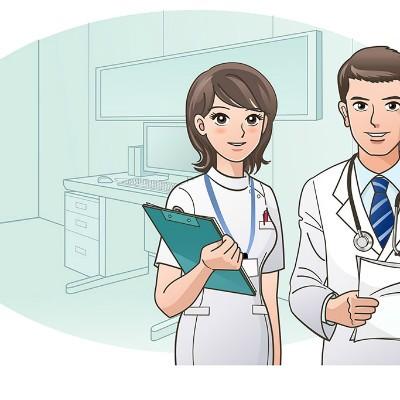Symptoms of asthma in children
summary
It is one of the most common respiratory diseases that seriously affect children's physical and mental health. In recent years, the prevalence and mortality of childhood asthma have been on the rise. In 1990, the prevalence of asthma in children aged 0-14 was 0.91%, and in 2000, it has increased to 1.5%. This figure means that there are more than 10 million children with asthma in China. The collection of medical history is of great significance for the diagnosis, differential diagnosis, prevention, treatment and prognosis of childhood asthma. Pediatricians should comprehensively and detailedly inquire about the current medical history, atopic disease history and family allergy history of children with asthma The diagnosis, severity and type of asthma were determined in turn
Symptoms of asthma in children
Sudden wheezing is the main feature of childhood asthma, Wheezing symptoms in children with asthma vary greatly according to the severity of asthma, It can be heard without stethoscope or at a certain distance. The frequency of breathing is accelerated and the breathing is difficult. The infants may have mouth opening breathing and nasal flapping. Many children can be accompanied by cough, severe attacks can be manifested as restlessness, cyanosis, pale, cold sweat.

Children with asthma are often accompanied by eczema, allergic rhinitis and urticaria. Understanding the history of atopic diseases can help to determine the allergic constitution of children, which is of great significance to the diagnosis and classification of children with asthma. Children's asthma often has obvious familial genetic tendency. It is of great reference value for the diagnosis and differential diagnosis of children's asthma to ask their first and second degree relatives about the prevalence of asthma, allergic rhinitis, eczema and urticaria.

In order to understand the age, season, frequency, duration and degree of each attack, night attack, living environment and feeding methods, we should also focus on the symptoms of allergic rhinitis, such as nasal itching, eye itching, sneezing, runny nose and nasal congestion, The diagnosis of allergic rhinitis is one of the important indicators to assist the diagnosis and classification of childhood asthma. By asking the current history, we can determine whether the symptoms described by the children or their parents are consistent with the rules and characteristics of asthma, which is of great significance for the diagnosis of childhood asthma. Detailed medical history inquiry can also provide important clues for the detection of the predisposing factors of asthma.
matters needing attention
Strengthen physical exercise, enhance the body's resistance. Winter exercise can improve the adaptability of respiratory mucosa to cold air. The indoor temperature should not be too high in winter, otherwise the temperature difference with the outdoor is big, easy to catch a cold. In summer, it is not suitable to be greedy for cold. The temperature of air conditioner should be moderate. Otherwise, it is easy to suffer from "hot cold" and induce bronchitis attack when going out. In flu season, try not to go to the crowd as much as possible, sweat a lot, and do not take off clothes suddenly to prevent cold. Pay attention to change clothes with the season. Choose the necessary multi-functional treatment and protection measures.














